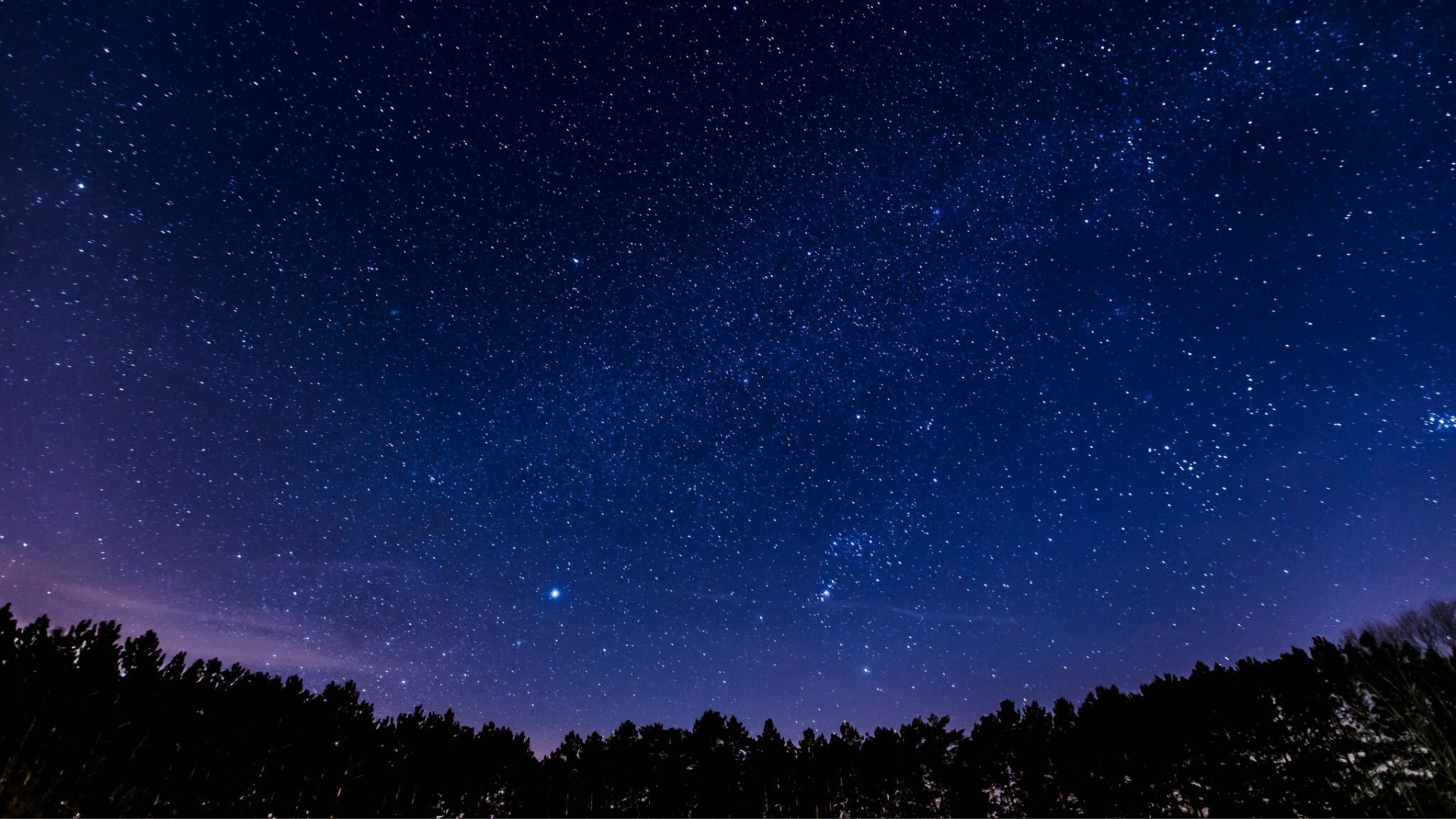
Woven throughout a number of resources and posts here at Retreat Where You Are is this phrase: geography of grace. I first encountered this generative notion in “Placing Formation,” a lecture delivered at Austin Seminary by practical theologian Dorothy Bass. She defined geographies of grace as “place[s] infused with the grace of the Triune God,” landscapes that, for a variety of reasons, have a sacramental quality. In Christian theology, sacraments are visible signs of invisible grace, everyday items like water, bread, and wine that communicate to us the promises of God. Geographies of grace, then, are places that remind us of God’s everlasting love and convey beauty, truth, and goodness to us in ways that we can receive. Retreat centers frequently function as geographies of grace, which may be the reason that persons and groups return to the same center year after year. In a particular landscape (mountains, woods, oceans, and, yes, even prairies), people find themselves upheld by love and renewed for daily life.
Bass outlines seven practices that cultivate our capacity to live fully in these geographies of grace, one of which is to “be mindful of the place or places where you live. Try to meet the whole membership, natural and human, of which you are a part. Understand that your identity includes where as well as who and when, so take a good look and give thanks.” At Mount Olivet Conference & Retreat Center, we’ve practiced this mindfulness through our prairie restoration, monarch waystations, blue bird recovery programs, green initiatives, and the cultivation of our gardens. This past Friday night, we expanded our awareness to the stars, of which we also are a part.
Mike Lynch, recently retired meteorologist at WCCO Radio in the Twin Cities, presented an evening of stargazing. One of Mike’s passions is astronomy. He built his first microscope when he was fifteen years old and has been teaching and writing about the stars for over forty years. One-hundred-twenty people signed up to listen to Mike, to learn more about the stars, and to gaze through his Newtonian telescope in order to see Jupiter and Mars. It was one of the coldest nights of this season. We wrapped in blankets, socially-distanced on the retreat center lawn, and found ourselves caught up in the wonder, awe, and mystery of the cosmos.
We live in a universe vastly larger than our own planet, and that is an understatement. We belong to a created order that exceeds what our minds can imagine on their own. Years ago, one of my seminary professors told a story about theologian T. F. Torrance. As I recall the story, Torrance was lecturing on science and the expansiveness of the universe in relation to Christian theology. An audience member raised her hand and said, “That makes me afraid.” Torrance smiled and responded, “Don’t be afraid. That’s how much God loves you.” At this point in the story, my seminary professor would start crying, moved by the mystery and beauty of God’s creative power and our inner-connection to all things, including the stars.
It’s been said that we are made of stardust, and it’s actually true. “Everything we are and everything in the universe and on Earth originated from stardust, and it continually floats through us even today. It directly connects us to the universe, rebuilding our bodies over and again over our lifetimes.” I suspect that’s why we lined up twice, six feet apart with masks on at telescopes on a cold, dark night in the middle of a pandemic: not only to see constellations and planets trillions of miles away with surprising clarity but also to remember that we, too, come from the same stuff as them. We are connected to this vast universe. We belong to it. Just as it exists and expands and lives, so do we.
We are part of a cosmic grandeur. This is a gift that cannot be taken away. Perhaps this is an astronomy of grace, a reminder that we belong not just to the earth but also to the skies, and a reminder that the cosmos itself, of which are a part, is sustained by the providence of God, who co-exists in and with us all.
We encourage you to participate in this astronomy of grace by visiting Mike Lynch’s Stargazing page where you can view astrophotos, learn about celestial happenings, and print an October star map.
*Theresa F. Latini, Ph.D. is the Executive Director of Mount Olivet Conference & Retreat Center and an ordained minister in the Presbyterian Church (USA)
Dear Theresa,
This is absolutely engaging. Thank you so much for sharing the experience … and way of framing our interconnectedness … with all of us.
Blessings, Marilyn
>
Always good to hear from you, Marilyn! Thank you very much. We posted some pictures from the evening on our Facebook page as well.